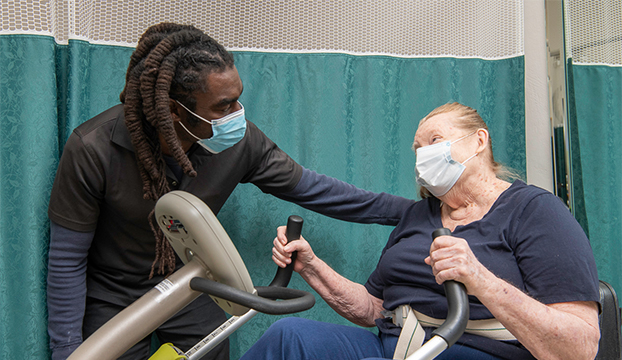Perfecting this Craft of Workplace Design to Enhance Ease and Performance in Workspaces
Perfecting this Craft of Workplace Design to Enhance Ease and Performance in Workspaces
Blog Article
Elevating a principle of ergonomics is critical for designing office setups that advance postural health and productivity. Applied ergonomics is the science of designing occupational settings, equipment, and functions to match the capabilities of team members. By focusing on how individuals interact with their surroundings, businesses can minimize strain and prevent repetitive stress disorders. An ergonomic workspace enables fluid movement and lessens strain, which can contribute to improved effectiveness and engagement among team members.
One foundational component of human factors design is the arrangement of furniture and equipment. Desks should be at a height that allows employees to work with their forearms at a 90-degree angle while inputting data. Ergonomic seats should deliver sufficient reinforcement for the lower back, supporting neutral positioning. Additionally, display devices should be mounted at neutral gaze level to minimize neck strain. By verifying that these factors are properly configured, workers can maintain a ergonomic position throughout their assignments, decreasing fatigue and improving focus.
A further important dimension in an optimized workspace is the use of ergonomically-designed technologies and hardware. This includes input devices, pointing devices, and other devices designed to minimize cumulative trauma disorders. For instance, Discover More using an orthopedic typing device can contribute to relieve wrist pain caused by repetitive typing. Furthermore, ergonomic seating and sit-stand desks allow employees to modify their position throughout the day, which can relieve physical stress and increase energy levels. Investing in quality ergonomic tools can generate sustainable work habits and improved productivity rates.
Lighting is also a critical pillar in workspace ergonomics. Effective lighting can reduce eye strain and support staff to focus on their job functions. Daylight is ideal, but if that is not available, using task-specific artificial lighting can aid create a comfortable atmosphere. It is necessary to avoid glaring fluorescent lights that may cause visual discomfort or fatigue. By ensuring adequate lighting, employers can establish an environment that enhances both comfort and work quality.
In closing, encouraging regular breaks is that site key for sustaining an ergonomic workspace. Reminding workers to take brief breaks can help disperse bodily stress and mental fatigue. During these breaks, personnel should be advised to stretch or change location to stimulate circulation. Integrating routine break times can facilitate build a routine that protects employee wellness without sacrificing work results. Ultimately, mastering ergonomics in the professional environment not only enhances physical health but also cultivates a more productive work culture where team members can excel.